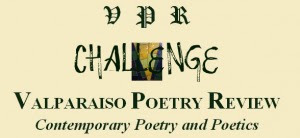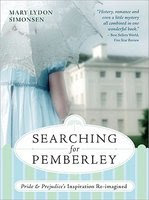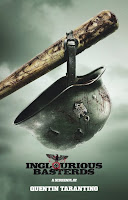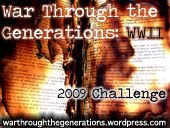Holocaust Poetry compiled by and introduced by Hilda Schiff is a collection of poetry dealing with World War II and the Holocaust. The compilation is divided into six sections: Alienation; Persecution; Rescuers, Bystanders, Perpetrators; Afterwards; Second Generation; and Lessons. There are well-known poems in this collection and poems from young children. A few of the poems in this collection already have been featured on the blog as part of the Virtual Poetry Circle; check out “If” by Edward Bond and “The Butterfly” by Pavel Friedmann.
Each poem in the collection uses all-too-familiar images to demonstrate connections with family, friends, and strangers. and as each poem unfolds readers feel the devastation and hopelessness of each narrator. Schiff says in the introduction, “The more or less contemporaneous literature of any period of history is not only an integral part of that period, but it also allows us to understand historical events and experiences better than the bare facts alone can do because they enable us to absorb them inwardly.” More or less, readers of poetry will find these observations valid, as will readers of fiction.
However, there are moments of levity when narrators poke fun at the devastating events of Nazi Germany’s actions.
The Burning of the Books (Page 8)
When the Regime commanded that books with harmful knowledge
Should be publicly burned on all sides
Oxen were forced to drag cart loads of books
To the bonfires, a banished
Writer, one of the best, scanning the list of the
Burned, was shocked to find that his
Books had been passed over. He rushed to his desk
On wings of wrath, and wrote a letter to those in power.
Burn me! he wrote with flying pen, burn me. Haven’t my
books
Always reported the truth? And here you are
Treating me like a liar! I command you:
Burn me!
Beyond the poems in the collection depicting the horrors and the losses of persecuted people in Germany, the poems of bystanders, perpetrators, and others are surprising. They talk of how they stood by and did nothing, how they want to help even if they are too late. Despite the time for help being long passed, these narrators express not guilt so much as regret — a deep regret at having been so paralyzed by fear that they did nothing or acted contrary to who they believed themselves to be.
I Did Not Manage to Save (page 86)
I did not manage to save
a single life
I did not know how to stop
a single bullet
and I wander round cemeteries
which are not there
I look for words
which are not there
I run
to help where no one called
to rescue after the event
I want to be on time
even if I am too late
The poems selected for the “Second Generation” section will tug at readers heart strings, deepening the sense of loss. An emptiness is present in some of these poems. Short biographies are included at the back of the book for readers interested in the poets’ lives and connections to WWII and the Holocaust.
Holocaust Poetry is a collection that should be read in chunks rather than all at once. Readers may succumb to sorrow if they attempt to read the entire collection in once sitting, but even then, readers will fall into the darkness and emerge in the light. Overall, the collection is a must have for anyone interested in this time period and learning more about how WWII and the Holocaust impacted individual lives and families.
This is the 9th book I’ve read that qualifies for the 2009 WWII Reading Challenge. Though I officially met my goal of reading 5 WWII-related books some time ago, I’ve continued to find them on my shelves and review them here.
This also qualifies as my 9th book for the Poetry review challenge.
FTC Disclosure: I purchased my copy of Holocaust Poetry compiled by Hilda Schiff at the local library sale. Clicking on title links will bring you to my Amazon Affiliate page, no purchase necessary.



 Do you really need a reminder? Maybe you do. You have until Dec. 18, which is tomorrow to enter the Great Kindle Giveaway at Bibliofreak!
Do you really need a reminder? Maybe you do. You have until Dec. 18, which is tomorrow to enter the Great Kindle Giveaway at Bibliofreak!















